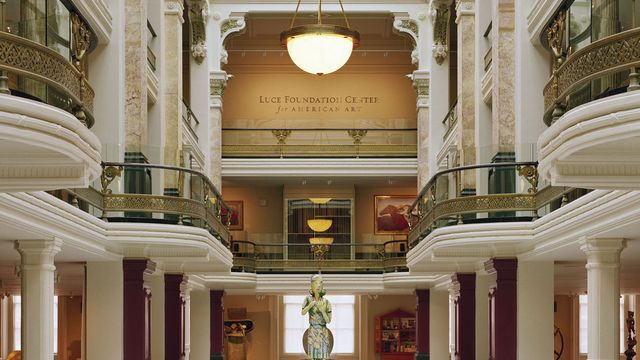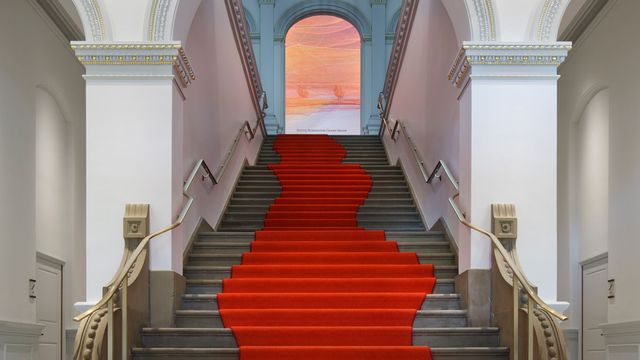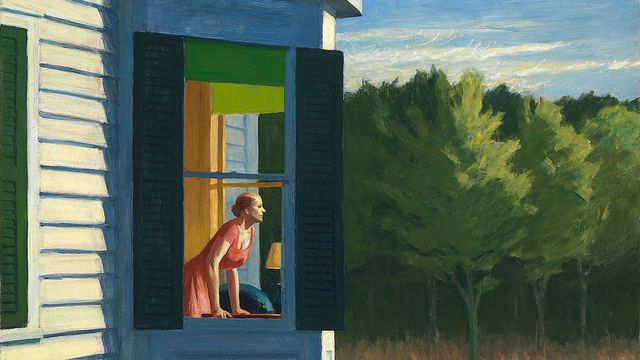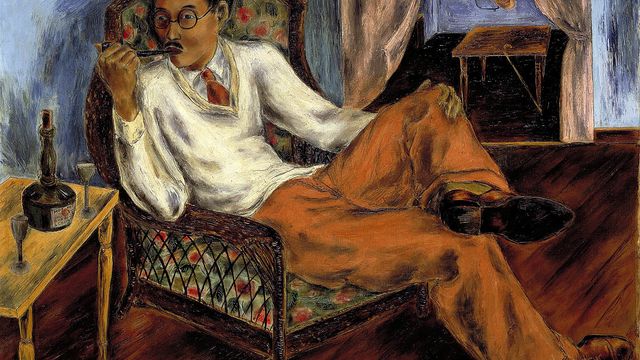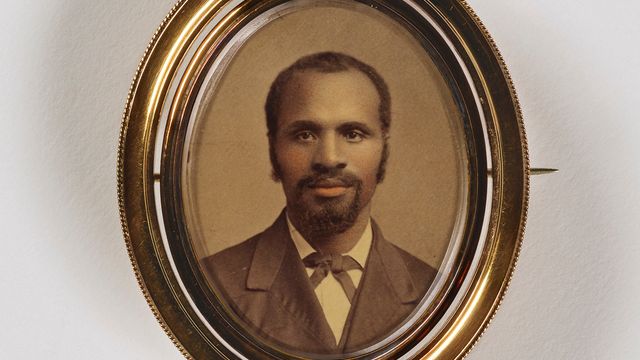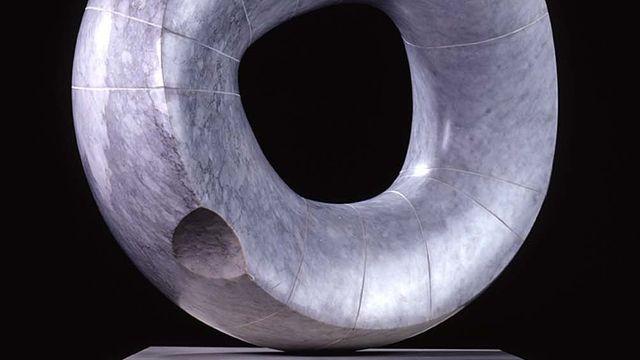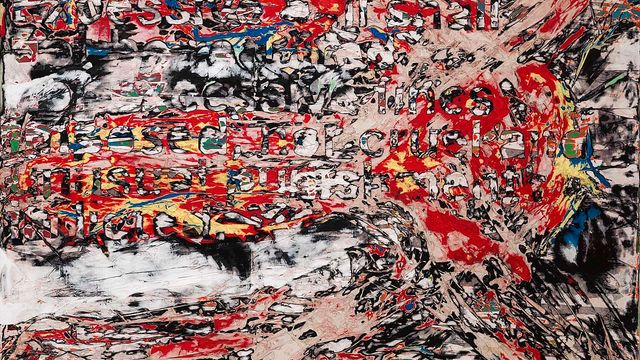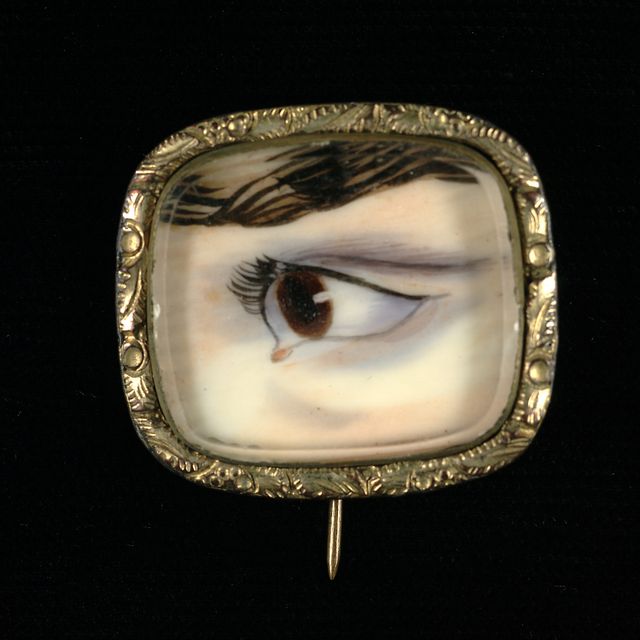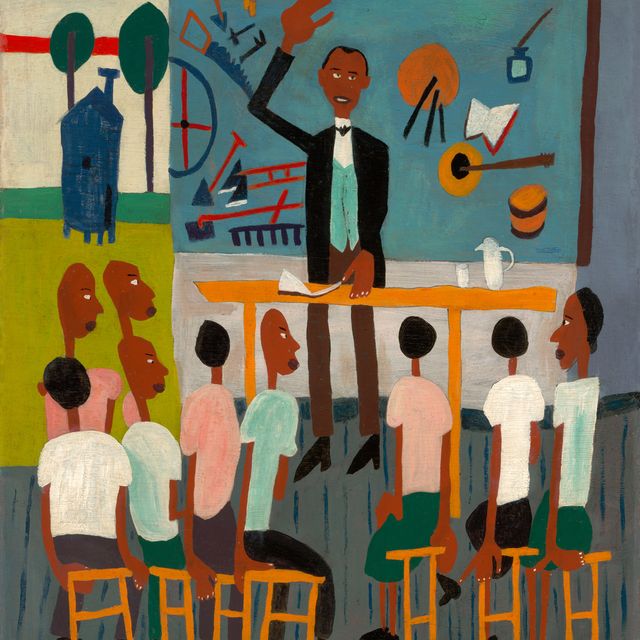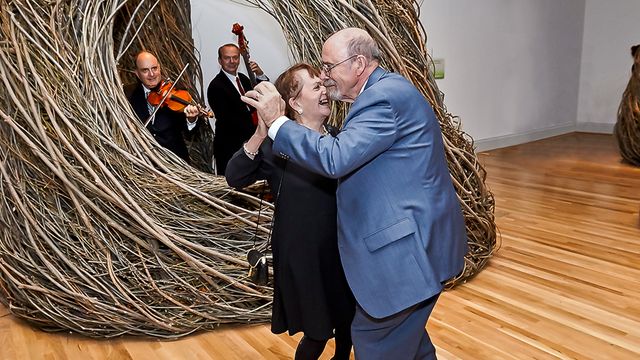Artwork Details
- Title
- Ten-sqúat-a-way, The Open Door, Known as The Prophet, Brother of Tecumseh
- Artist
- Date
- 1830
- Location
- Not on view
- Dimensions
- 29 x 24 in. (73.7 x 60.9 cm)
- Credit Line
- Gift of Mrs. Joseph Harrison, Jr.
- Mediums
- Mediums Description
- oil on canvas
- Classifications
- Subjects
- Portrait male — Prophet
- Portrait male — Open Door
- Indian — Shawnee
- Object Number
- 1985.66.279
Artwork Description
“The ‘Shawnee Prophet,’ is perhaps one of the most remarkable men, who has flourished on these frontiers for some time past. This man is brother of the famous Tecumseh, and quite equal in his medicines or mysteries, to what his brother was in arms; he was blind in his left eye, and in his right hand he was holding his ‘medicine fire,’ and his ‘sacred string of beads’ in the other. With these mysteries he made his way through most of the North Western tribes, enlisting warriors wherever he went, to assist Tecumseh in effecting his great scheme, of forming a confederacy of all the Indians on the frontier, to drive back the whites and defend the Indians’ rights; which he told them could never in any other way be protected . . . [he] had actually enlisted some eight or ten thousand, who were sworn to follow him home; and in a few days would have been on their way with him, had not a couple of his political enemies from his own tribe... defeated his plans, by pronouncing him an imposter . . . This, no doubt, has been a very shrewd and influential man, but circumstances have destroyed him . . . and he now lives respected, but silent and melancholy in his tribe.” Records show that the Prophet was living west of the Mississippi by 1830, which suggests that Catlin painted this portrait at Fort Leavenworth (in today’s Kansas) on his earliest journey to the West. (Catlin, Letters and Notes, vol. 2, no. 49, 1841, reprint 1973; Truettner, The Natural Man Observed, 1979)

